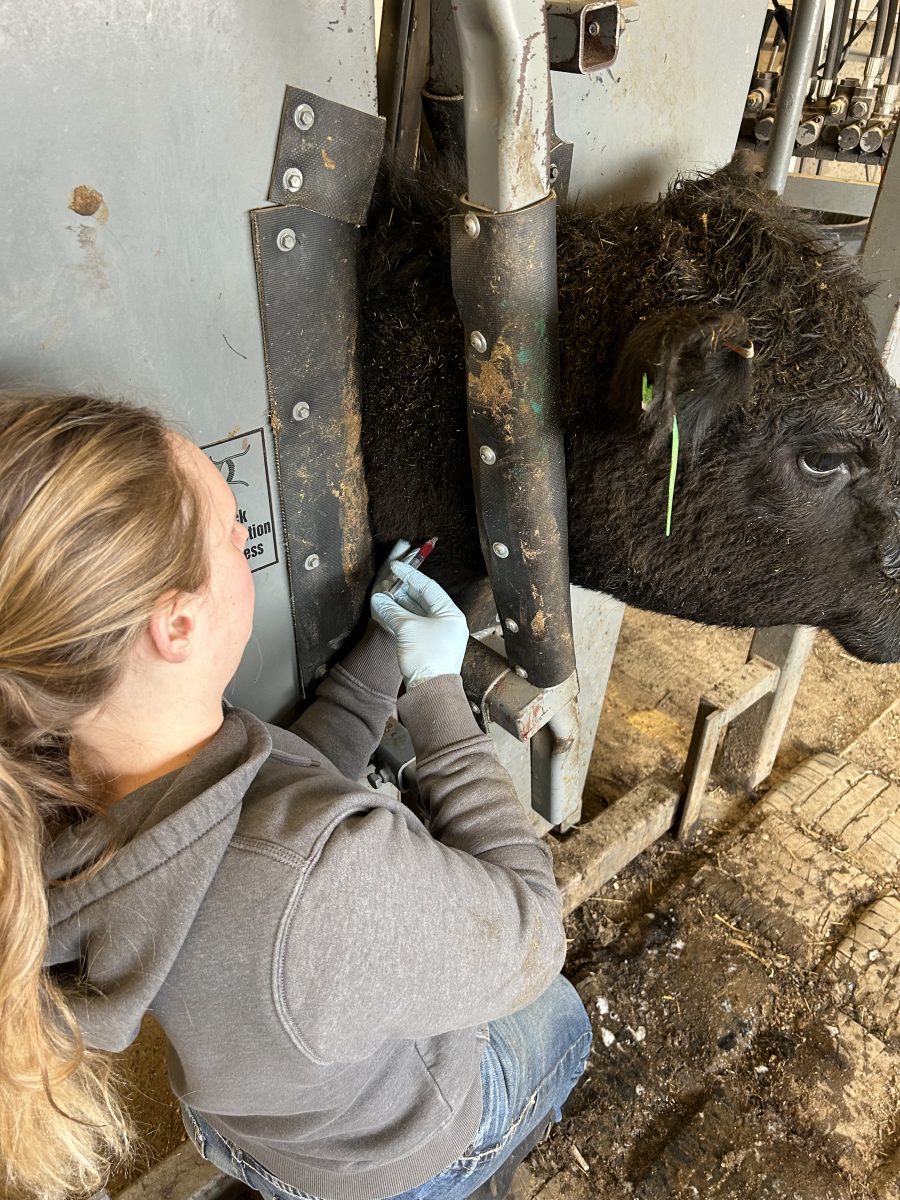Increase in sexual assaults stem from rise in reporting
November 18, 2015
Sexual assault is the most underreported crime both on-and-off campus, but this year, South Dakota State University has seen a rise in the number of these reports.
Last year, three assaults were reported by students. So far this fall, officials have received five reports of sexual assault.
Despite what people may think, there has not been a measurable increase or decrease in sexual assault, just a rise in the number of people who choose to report the crime, said Don Challis, assistant vice president of safety and security on campus.
“We have worked hard to increase awareness of sexual assault and provided a variety of methods to report sexual assault,” Challis said. “We would be disappointed if these efforts did not result in the number of incidents reported.”
One of the efforts used to increase awareness at SDSU is email notifications sent out to all students after a sexual assault is reported.
These timely warnings come from the Clery Act, said Detective Cora Olson of the University Police Department.
The Clery Center for Security on Campus says the Clery Act “requires all colleges and universities who receive federal funding to share information about crime on campus.” This includes efforts to improve campus safety and to inform the public of crime on or around campus.
When an incident occurs, institutions must decide if a timely warning or emergency notification should be sent out to the campus community, according to the Clery Center.
“Universities across the nation have historically wanted to create the perception of a safe campus…” Olson said. “So they have notoriously hidden crimes that have happened on their campus.”
The Clery Act works to make sure that college campuses are reporting these crimes and holding people accountable.
“Perpetrators know that [rape] is underreported,” Olson said. “If we don’t create a system for victims to rely on, then perpetrators will continue what they do.”
This act has grown to the Violence Against Women Act (VAWA) and Title IX, which was brought to SDSU because campus officials believed that the university was having problems that they did not know about.
Under Title IX and the Clery Act, institutions must “provide specific information, options and resources to survivors in cases of sexual violence,” according to the Clery Center.
Michelle Johnson, Title IX and Equal Employment Opportunity coordinator, said they knew problems with harassment, stalking and sexual or domestic violence existed on campus.
“The staff and faculty could see that problems were happening, but nothing was being done about it, and that’s when the University Police Department got involved in 2011 and by 2014, Title IX was enforced, and students were able to reach out and get the help that they needed,” Johnson said.
According to Olson, the definition of rape includes sexual penetration, or when any object or part of the body is inserted into someone else’s body.
“Sexual assault is a broad term,” Olson said. “It could be sexual contact with someone who did not consent or who couldn’t consent.”
The majority of sexual assault crimes are committed by a known perpetrator. Alcohol is a factor in about 80 percent of these crimes.
In terms of crime at SDSU, Olson said it is not different from any university. She said spending any time in a college setting tends to lead to excessive drinking and drug use.
“We do a lot of really great things here to make sure it stays safe,” Olson said. “But that doesn’t mean we can let our guard down.”
In each case, officials hear what happened and, based on the information provided, they take the appropriate steps. They will reassess the cases for as long as they remain open.
Law enforcement helps the victim make an informed decision on what he or she wants to do next, according to Olson. They try to encourage victims to take the first step. However, officials will not force someone to take his or her case to court Olson said.
“There’s a lot of misconceptions on how law enforcement does these investigations…” Olson said. “We can do [a lot] before even deciding to talk to the suspect. We want to dispel the myth on how law enforcement responds.”
Eight percent of criminal offenders commit 80 percent of all sexual assaults, Olson said. Preventing crimes should include law enforcement and education working together, and she said that starts with focusing attention on the men.
“[People] need to understand that there are good guys out there,” Olson said. “Male victims are most often victimized by other men. It is a male problem as well… If we aren’t doing it right when these people pop up in the first place, then we’re leaving room for them to keep offending.”
To prevent sexual assault crimes, a better understanding of healthy relationships is more important, Challis said.
“[What’s also] important is an understanding that sexual assault and sexual harassment rarely take place in a vacuum and that we have an obligation to address behaviors that constitute sexual assault and harassment,” Challis said. “Bystander intervention programs are crucial in changing a culture that protects each other.”




















